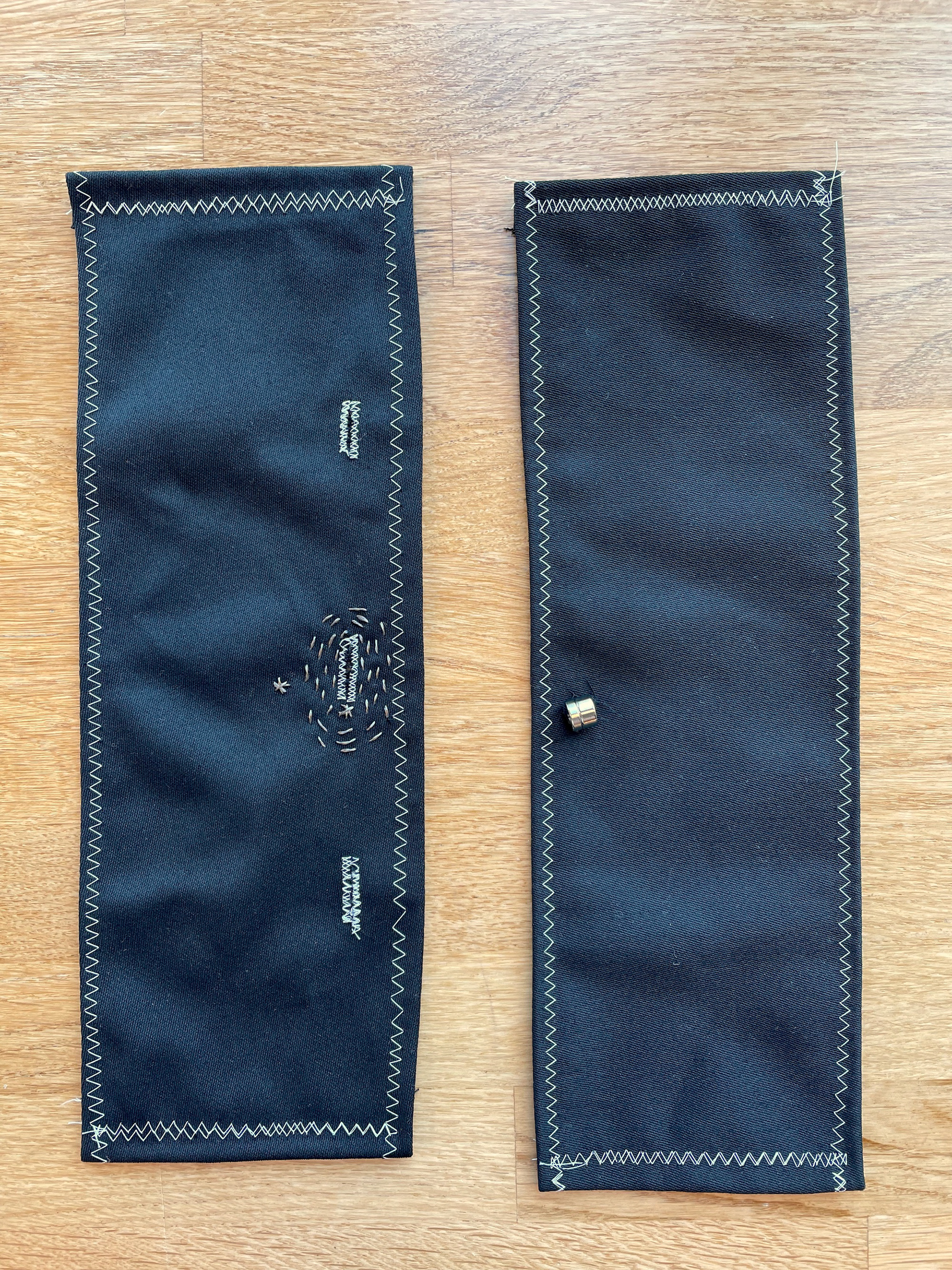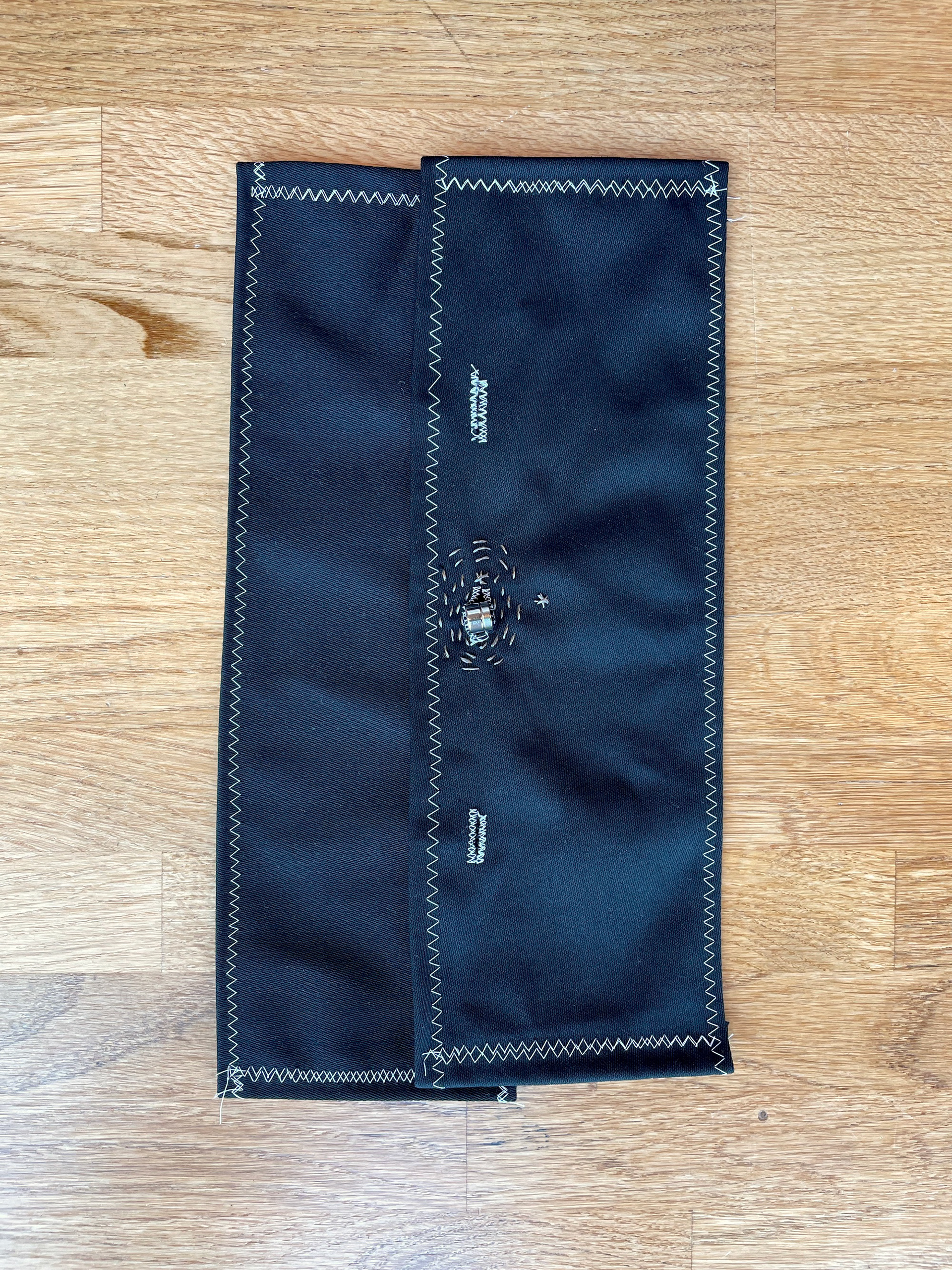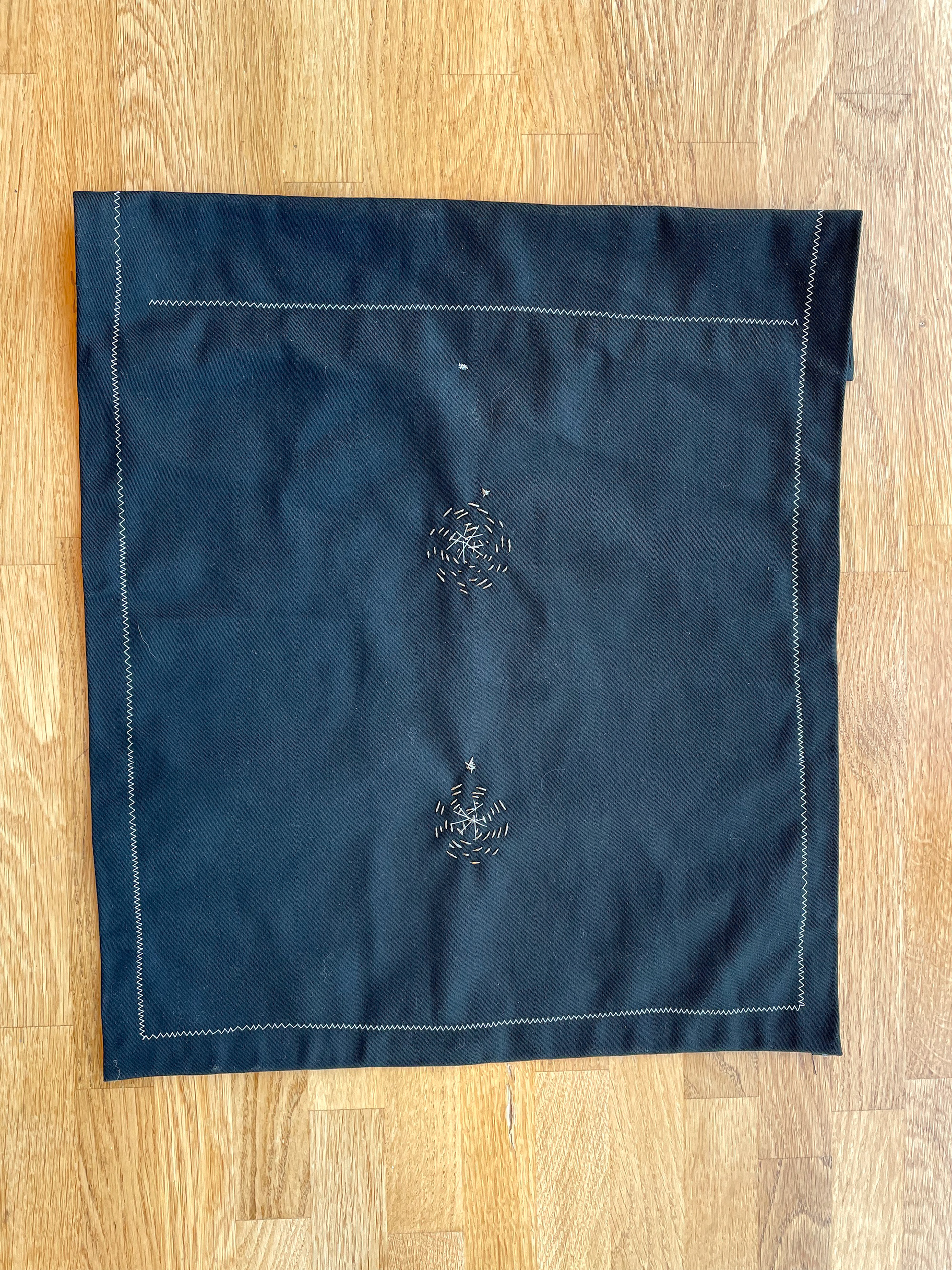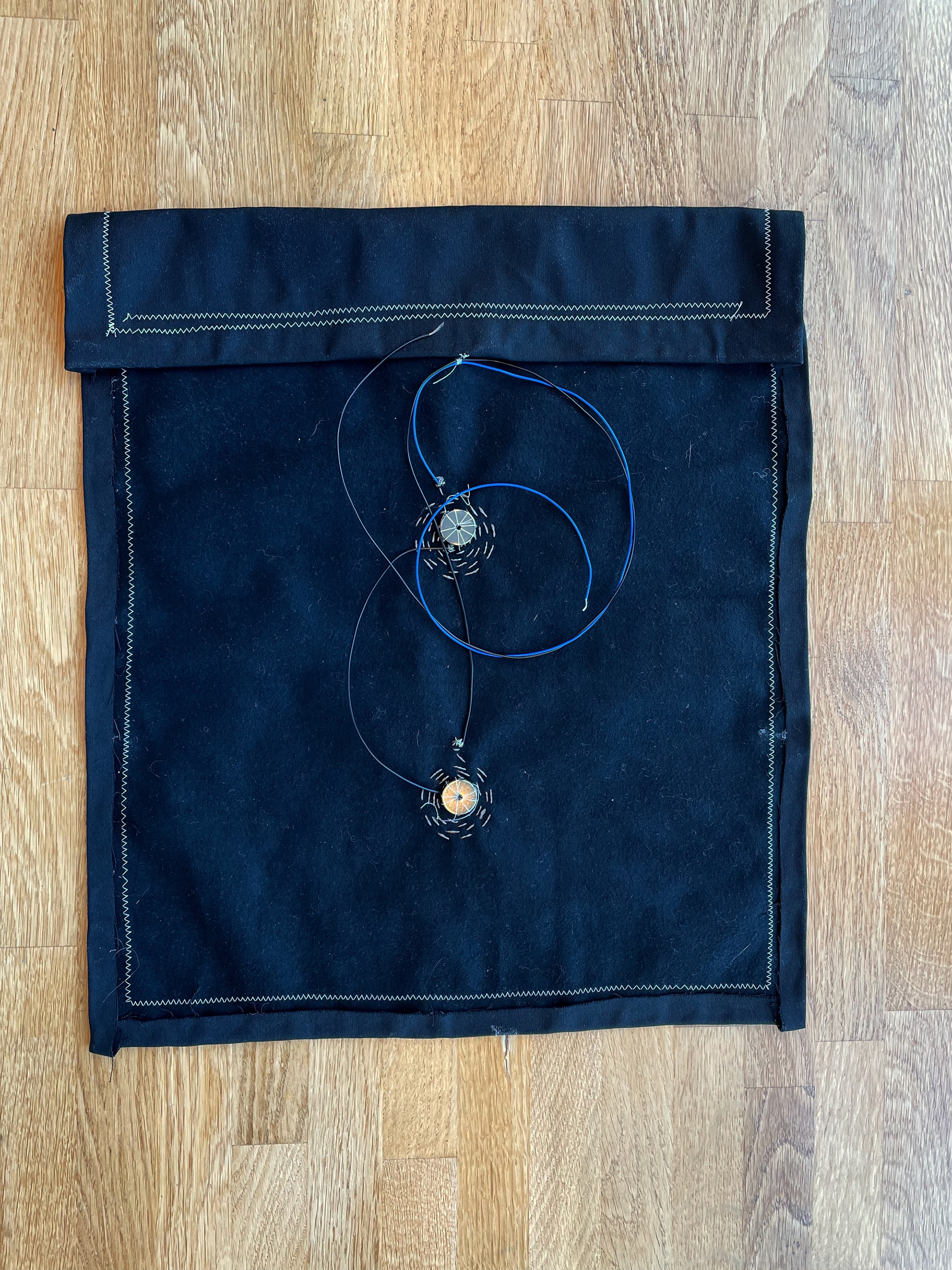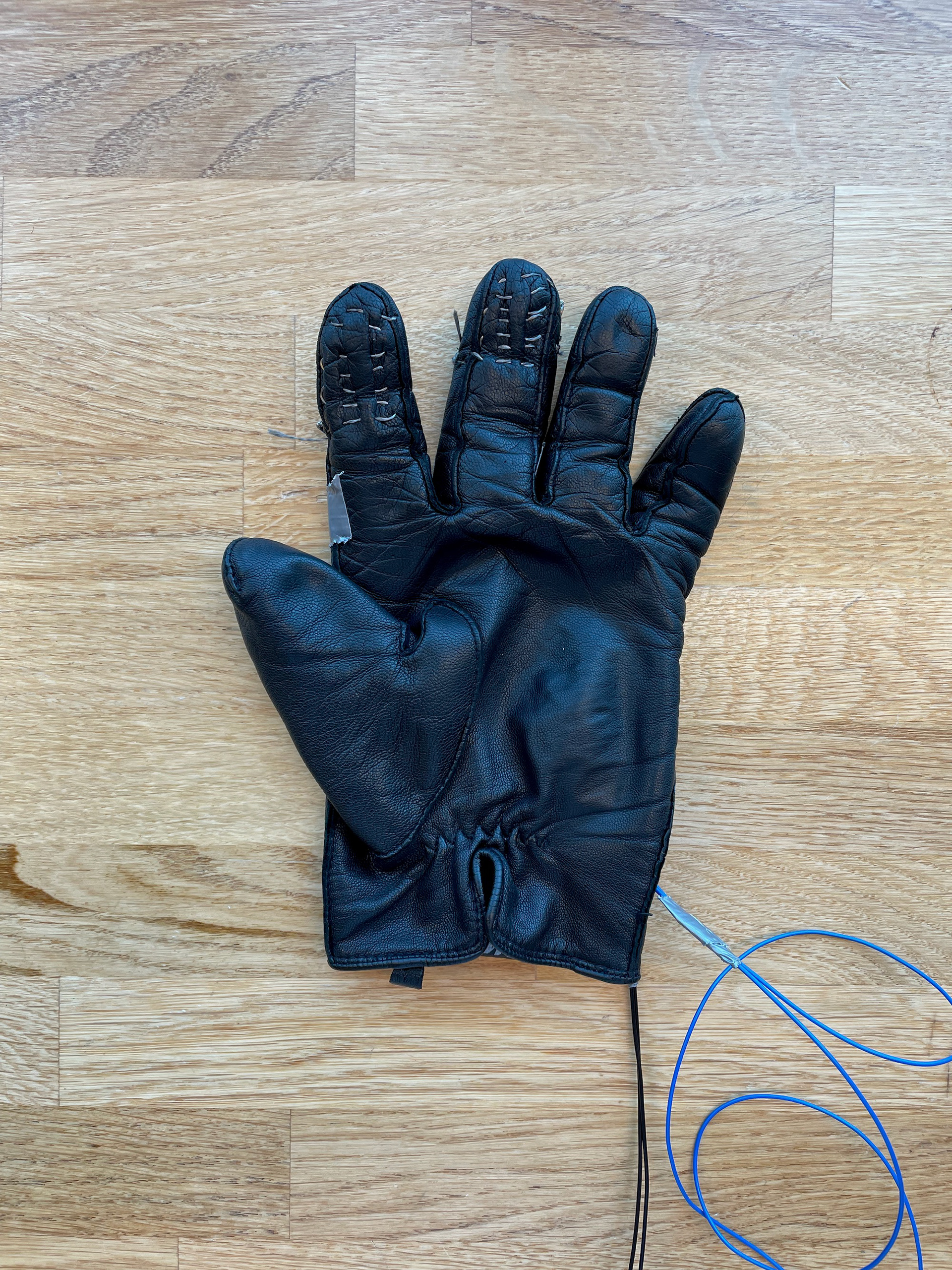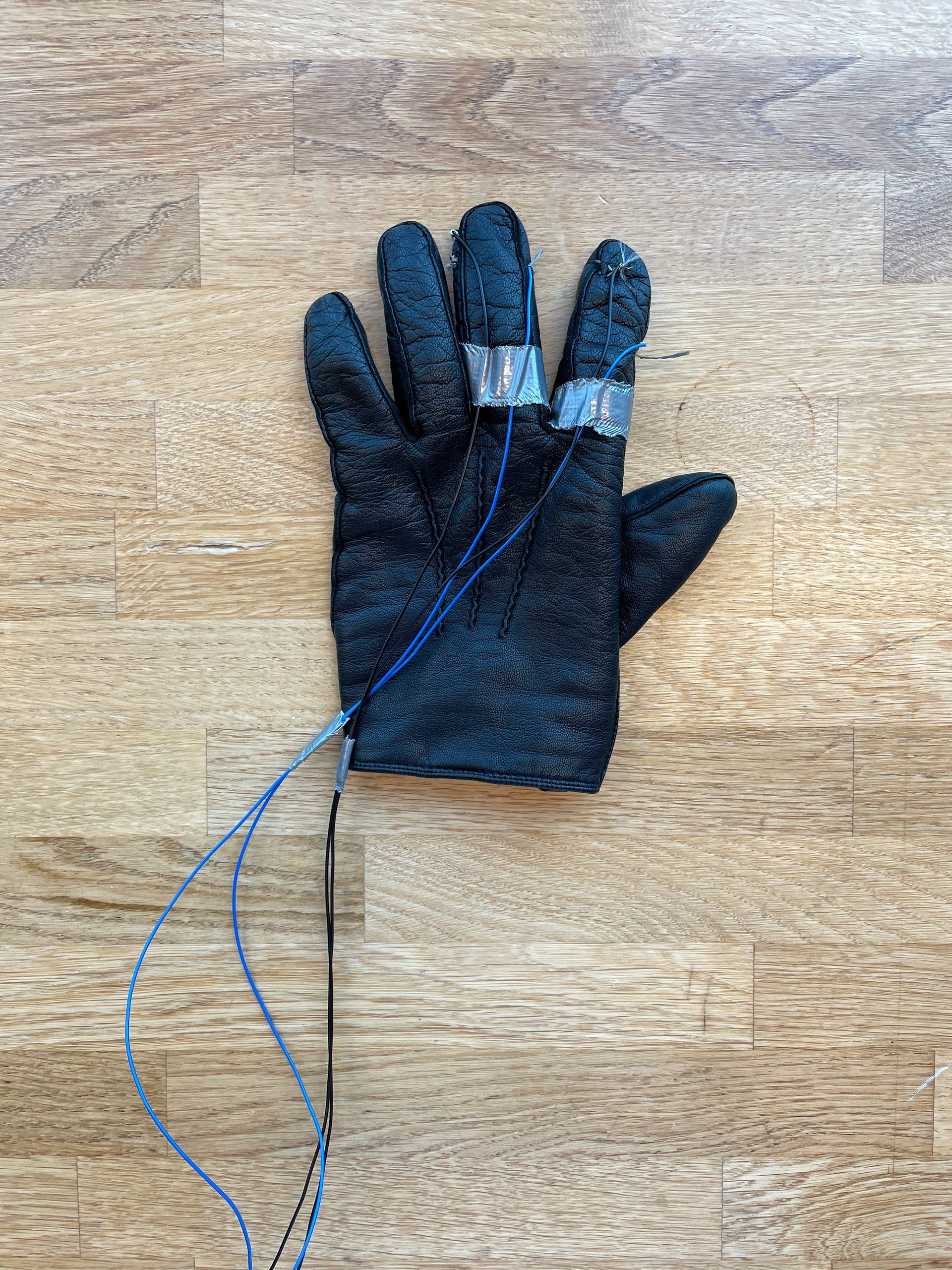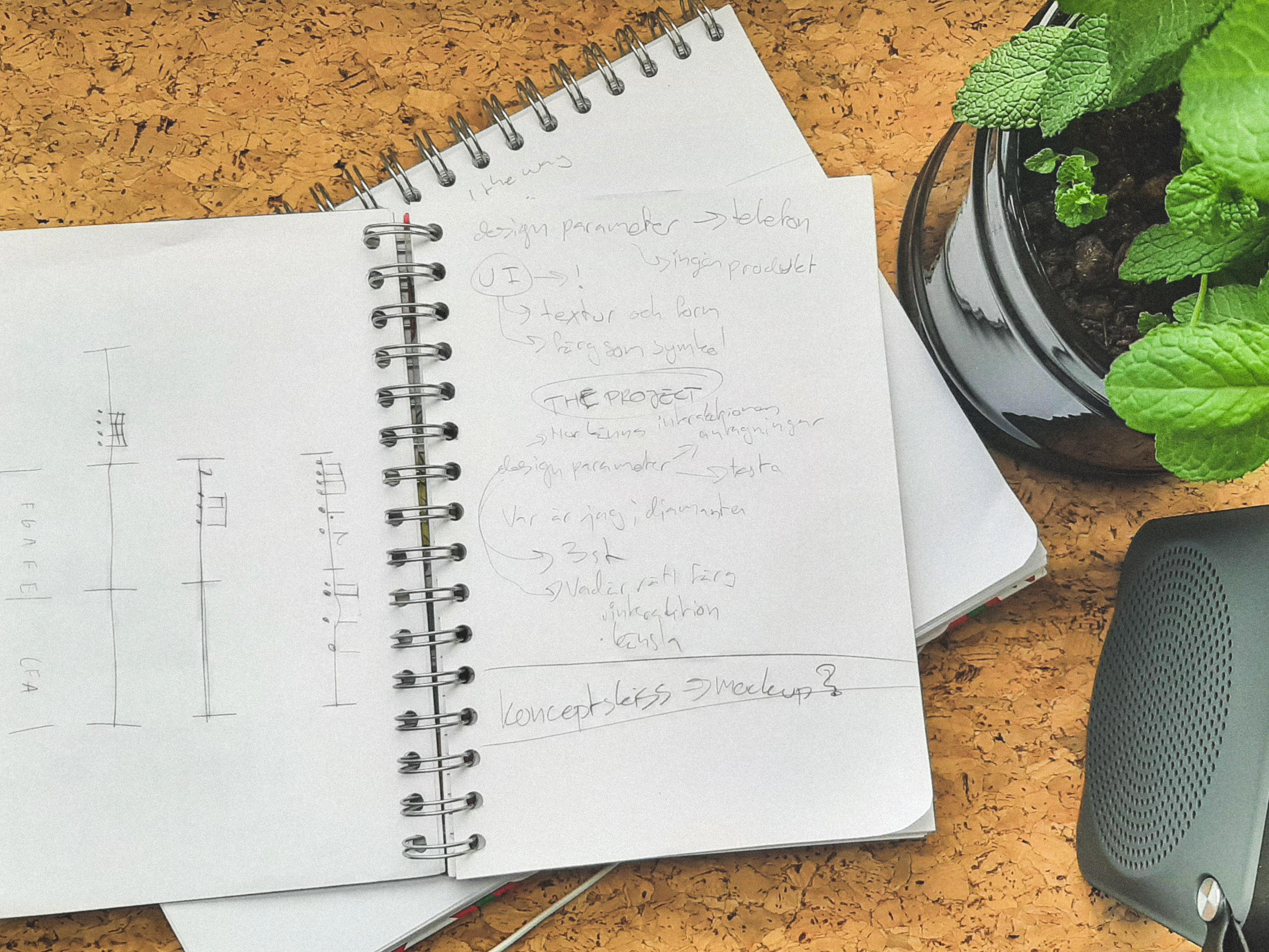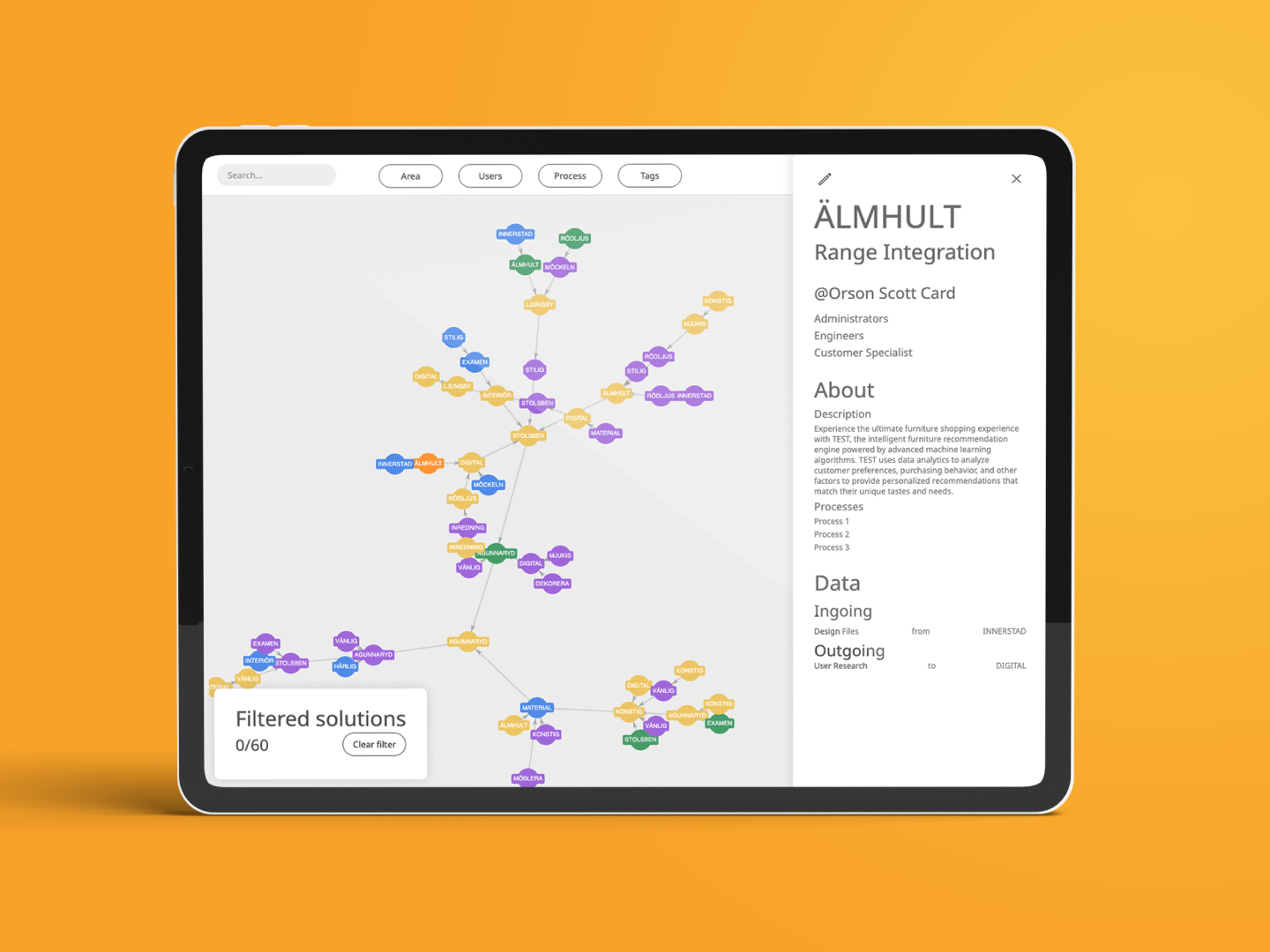Project summary
Abstract
This paper presents Fabric Actuators as a novel material for output actuation and input sensing for Interaction Design prototyping. Embedding a conductive iron thread into any fabric surface creates new material properties. Via a research through design process, four actuation methods have been identified: audio actuation, sound sensing, resistive sensing, and capacitive touch sensing. These material properties have been tested and prototyped in three primary artefacts, The Sound Curtain, Fabric Microphone, and Sensing Glove, each of which embodies a material property. By situating Fabric Actuators within the field of deformable interfaces and identifying related works, a design opportunity was found as related works only display audio actuation. Finally, through user testing, I have identified a novel design space in e-textile interaction design using Fabric Actuators.
Context
Fabric actuators are a part of HCI which is surprisingly unrepresented in e-textile and soft interactive research. Only a few published papers discuss this specific material, namely Nabil et al. (2021) and Preindl et al. (2020). However, outside of scholarly publications, some art projects have been using soft speakers as a method of spatialized sound delivery, such as Broderies Sonore and Draping Sound. The field of soft interactions, e-textiles has recently, and for some time, focused on shape-changing interfaces (Berzowska, J., Coelho, M. (2005); Forman, J. et al. (2019); Kilic Afsar, O. et al. (2021); Nakayama et al. (2019); Wang, G. et al. (2018)) where the actuation of the material alters its physical shape through electric or thermal means. These shape-changing interfaces also exhibit capacitive and resistive sensing capabilities.
Conclusion and future work
This project presents a novel material in deformable interfaces, Fabric Actuators, an embedded e-textile material that can play audio, sense audio, sense touch, and bend. By employing a research through design methodology, several conductive materials have been tested to see the viability of further research in Fabric Actuators. Of the materials tested, the conductive thread was the most efficient. After identifying each material property, three prototypes were crafted: Sound Curtain, Fabric Microphone, and Sensing Glove. The prototypes were user tested with interaction designers. Since this project does not present one design but a material for design, the purpose of the user tests was to reflect upon the material and to see if it is generative for Interaction Design. A novel design space using Fabric Actuators emerged through the user testing process, and possible design cases were discussed.
For future iterations, I propose a refinement of the prototypes presented here with the changes mentioned, as well as further iterations to expand the design space into other materials and interactions. I propose implementing Fabric Actuators into an actual design object outside of material research to test the viability of the material in an actual design.
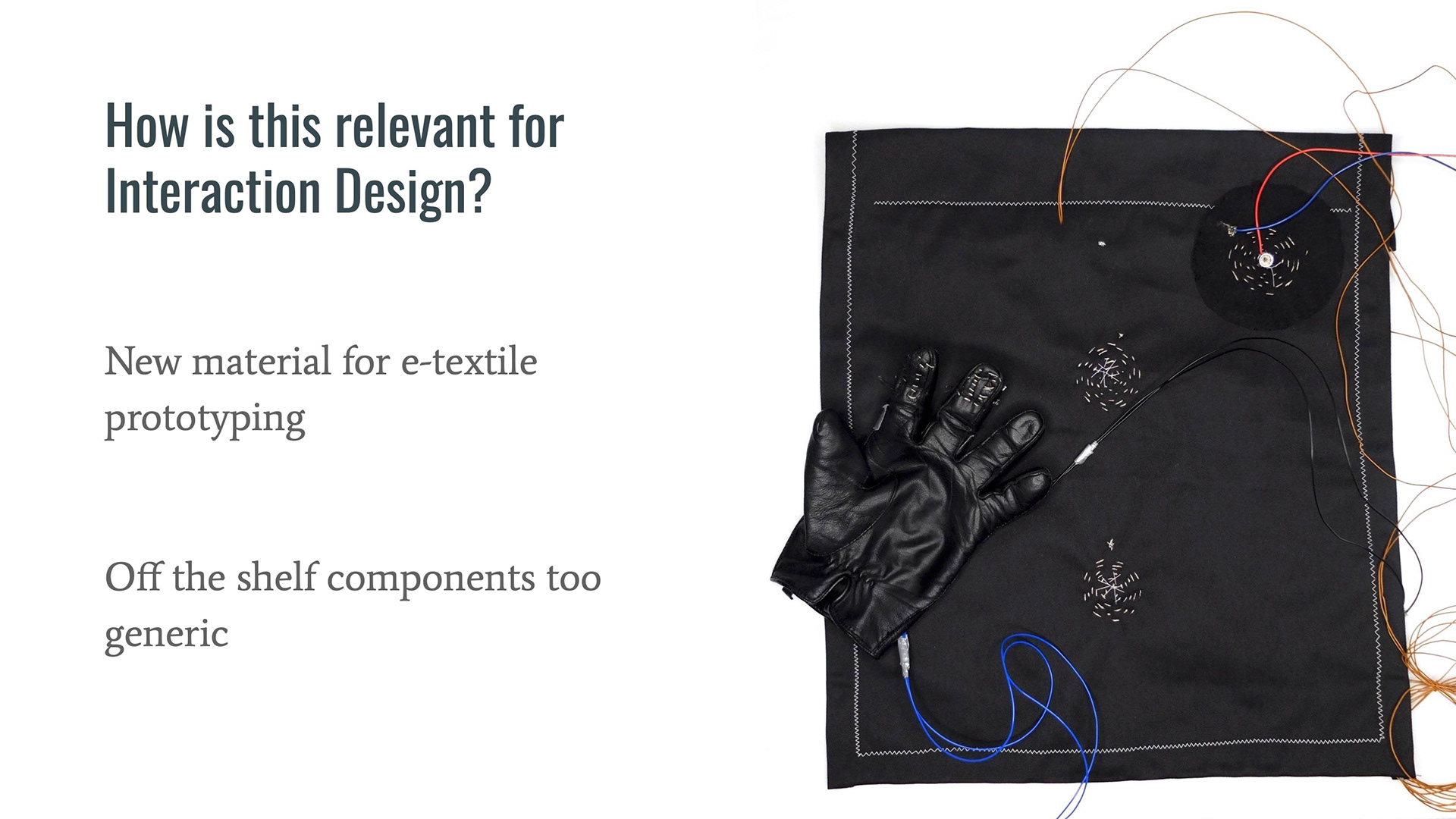
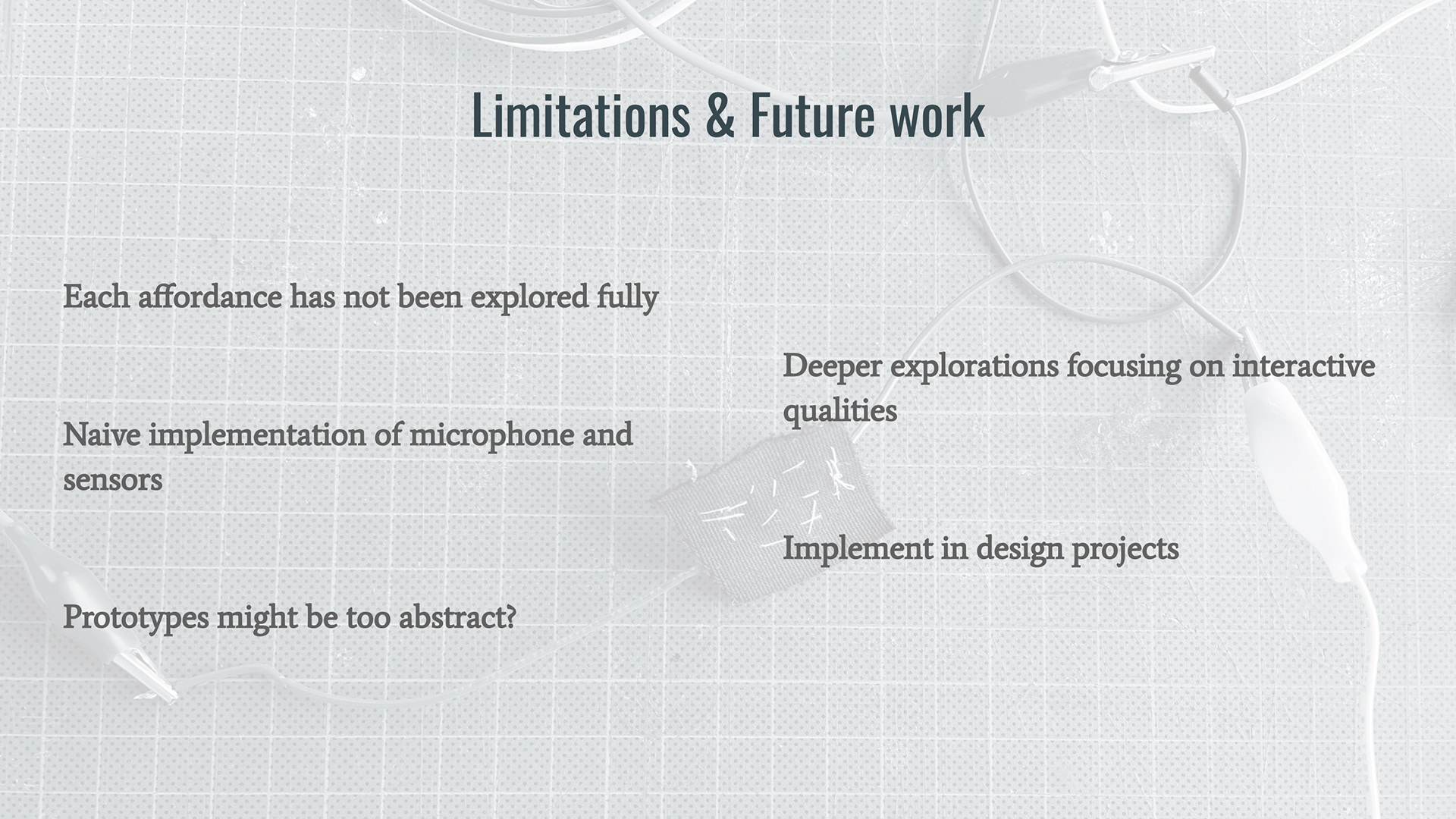
Speaker with copper tape and metal thread
3D-printed stamps with conductive ink
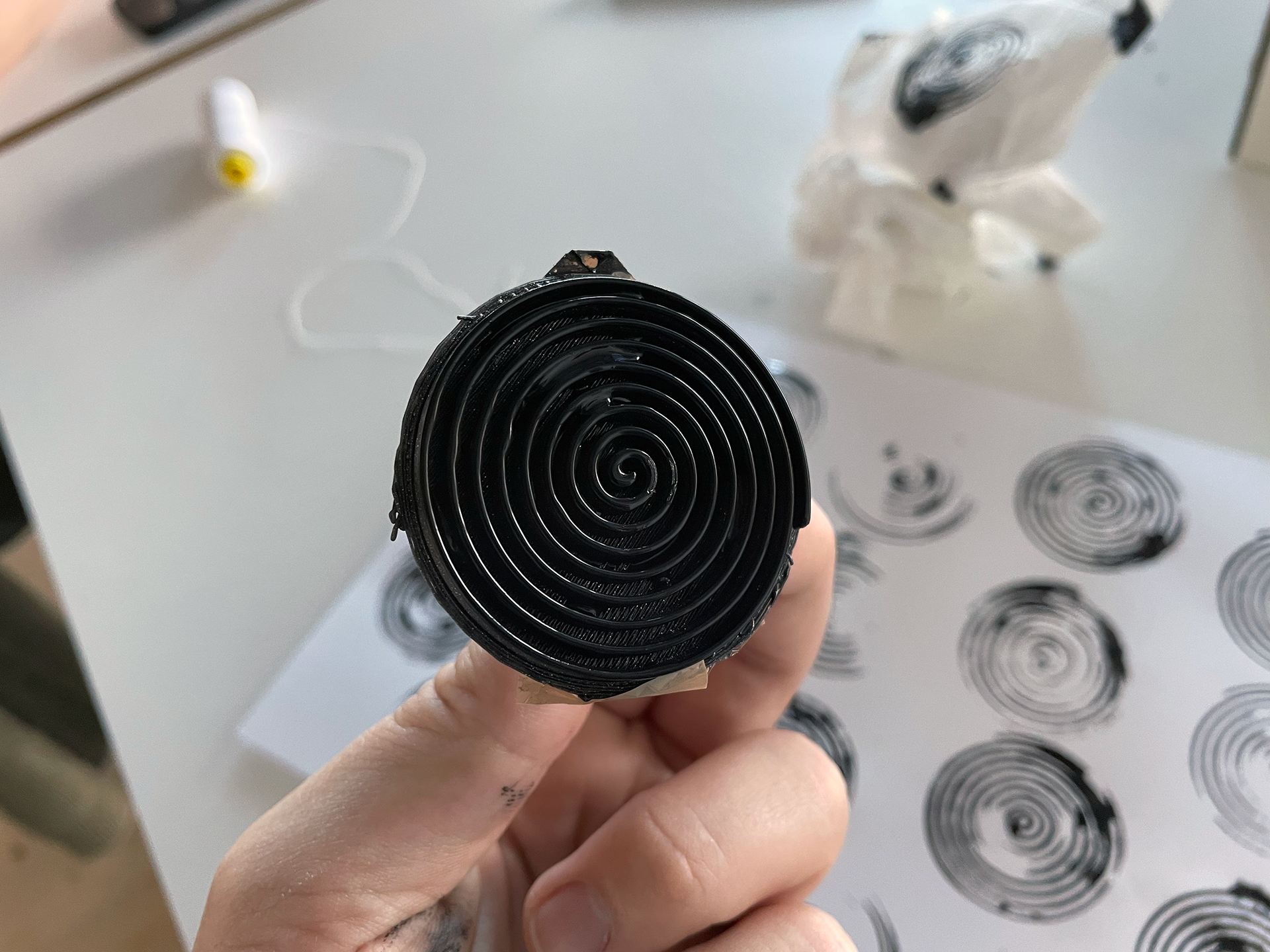
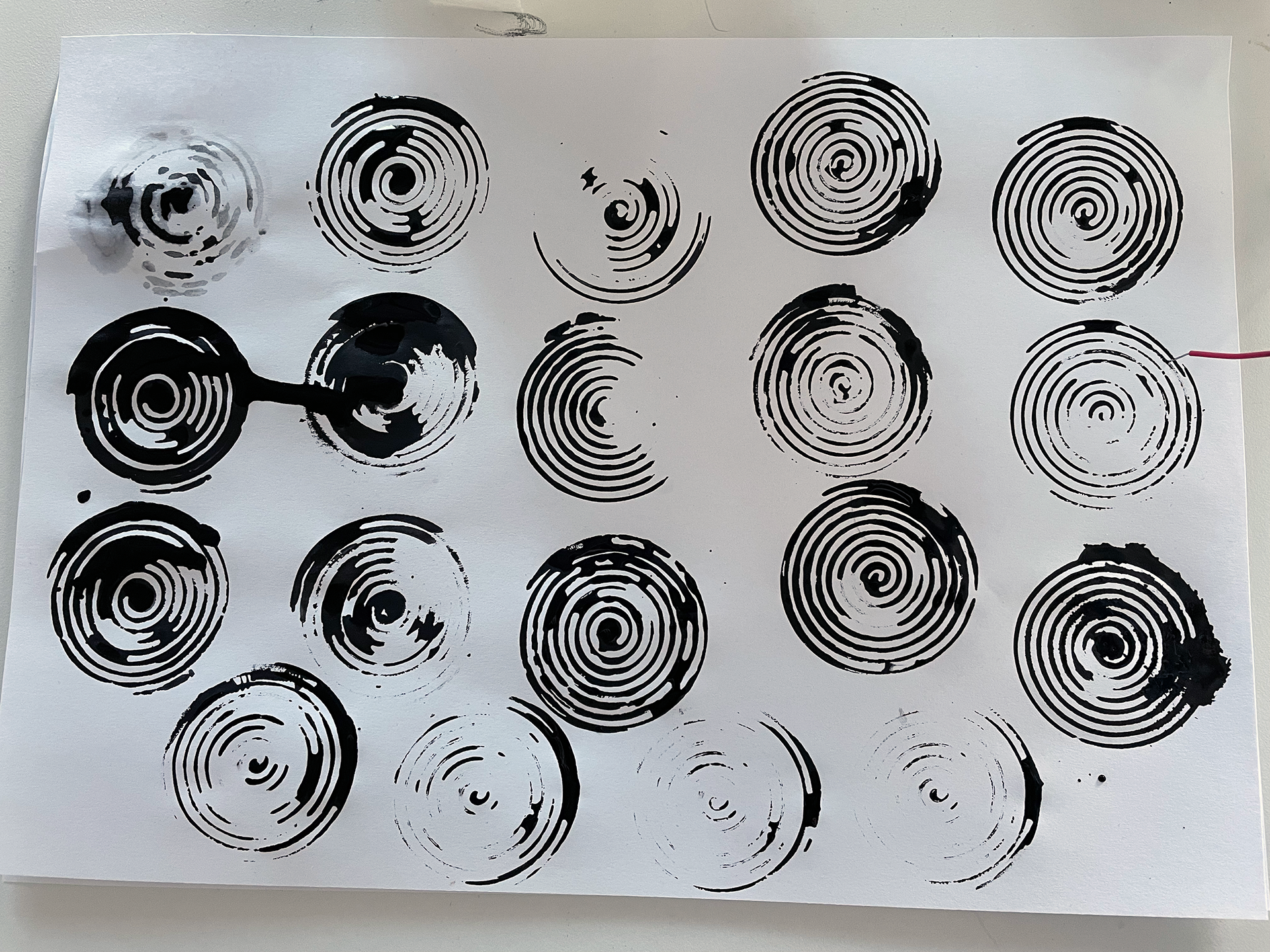
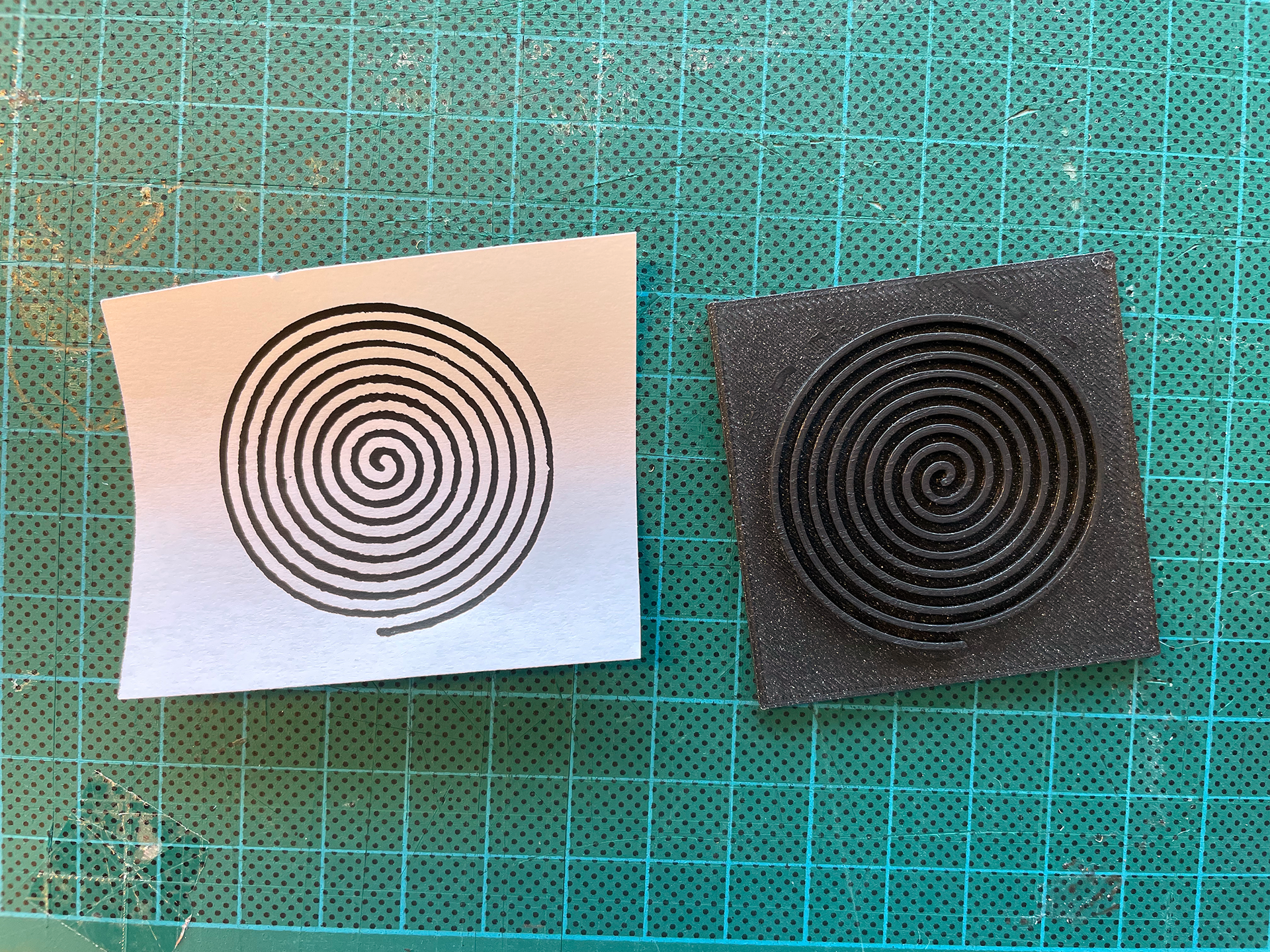
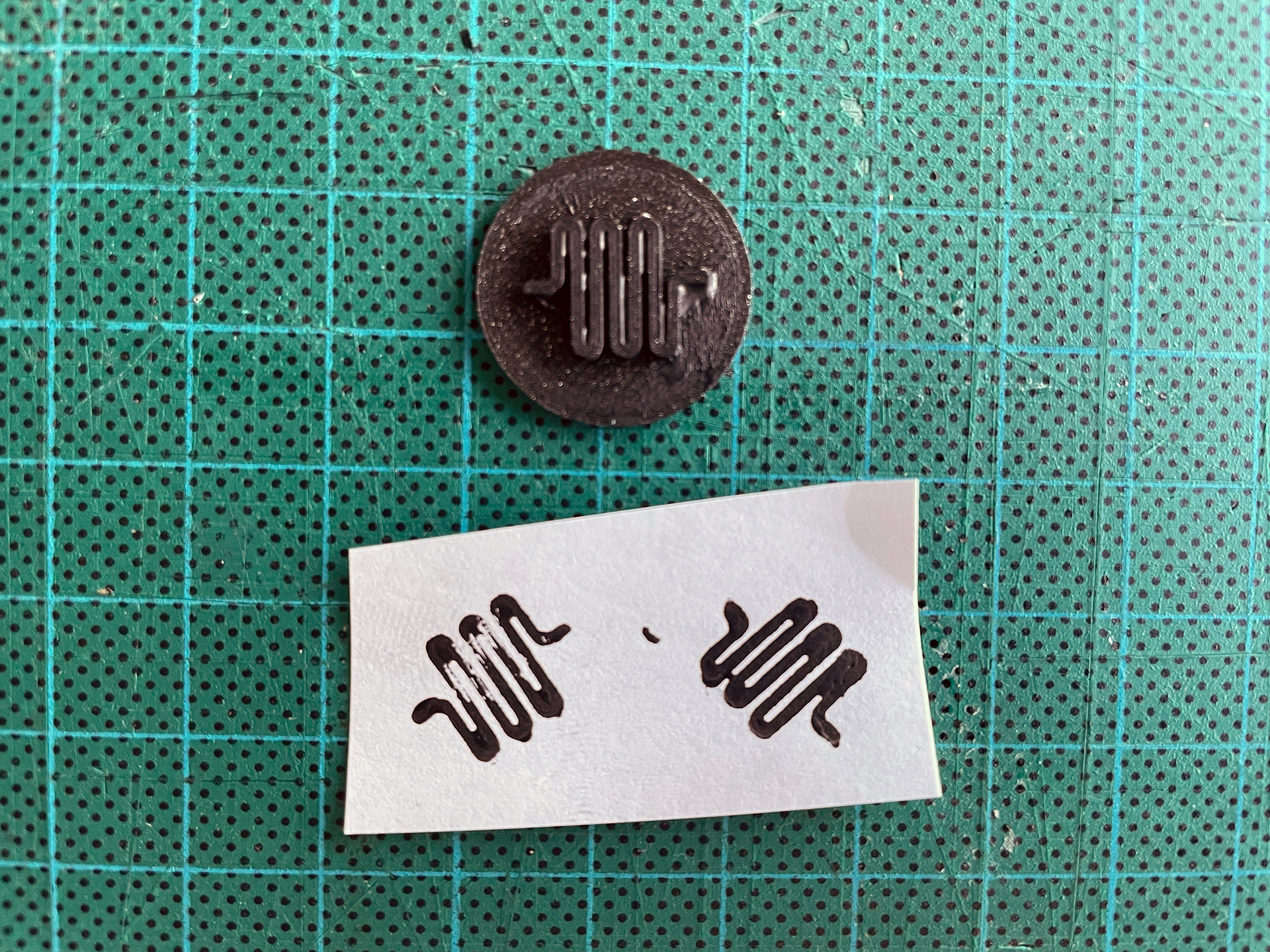
Conductive metal mesh with material backing
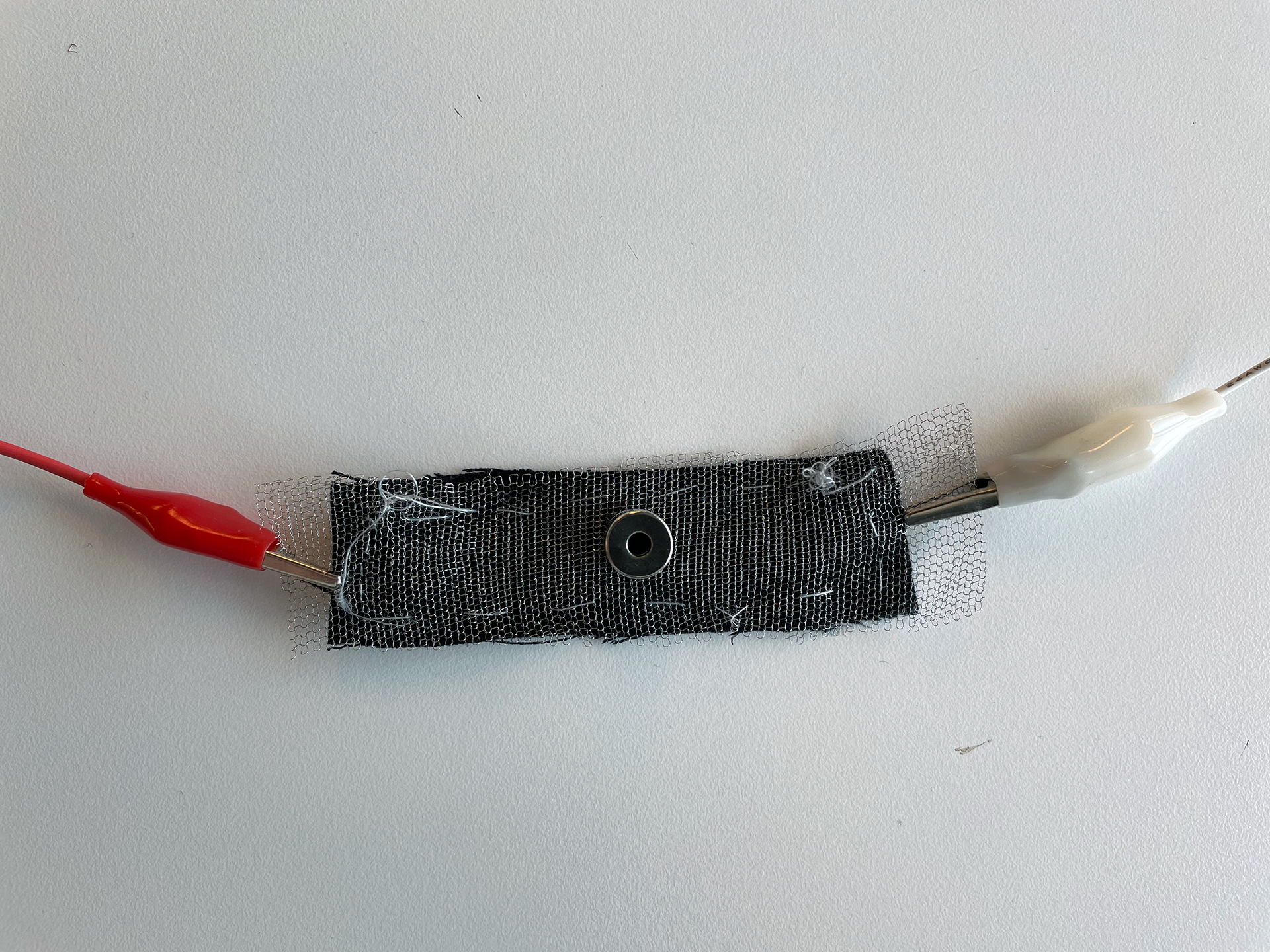
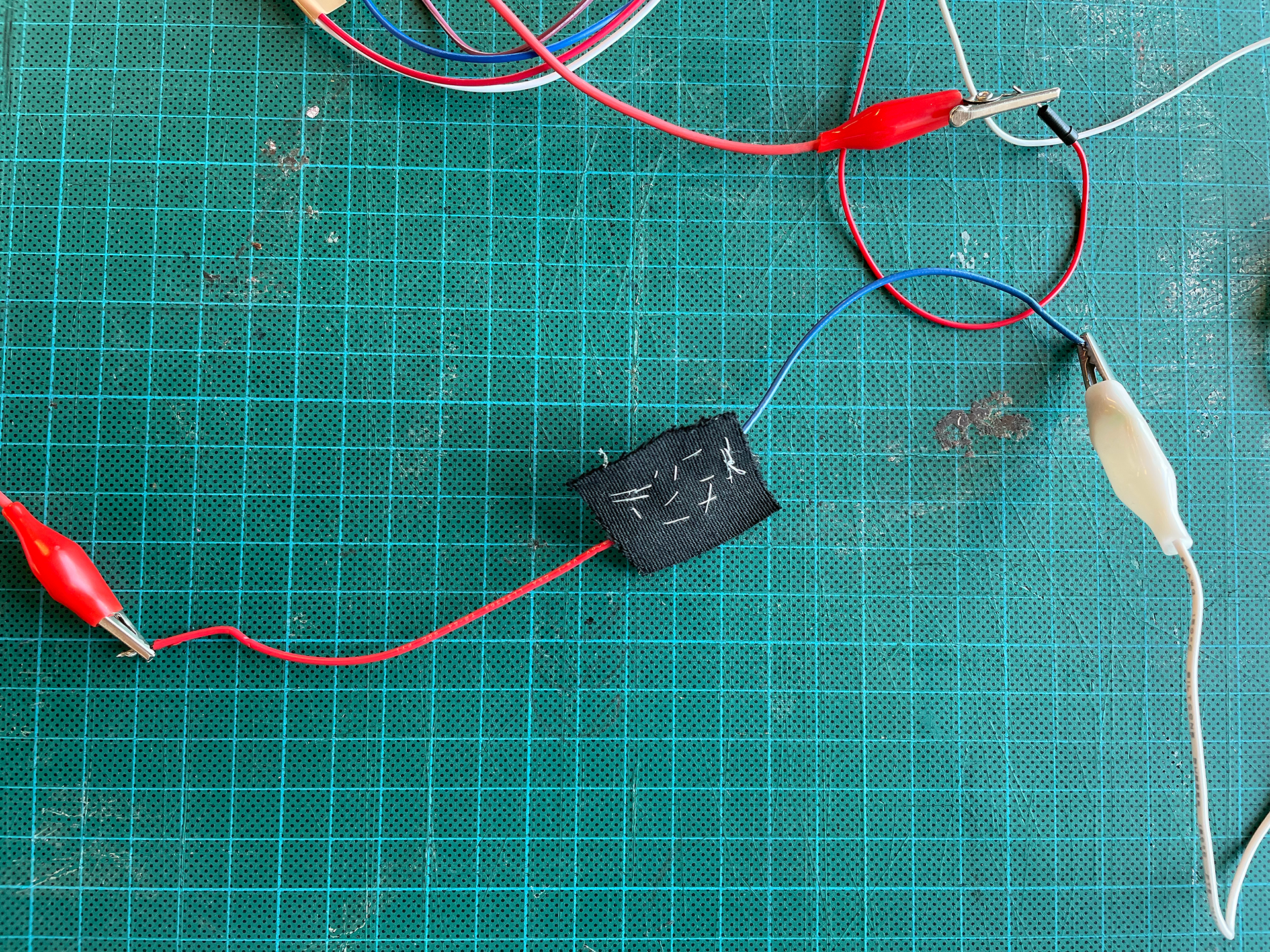
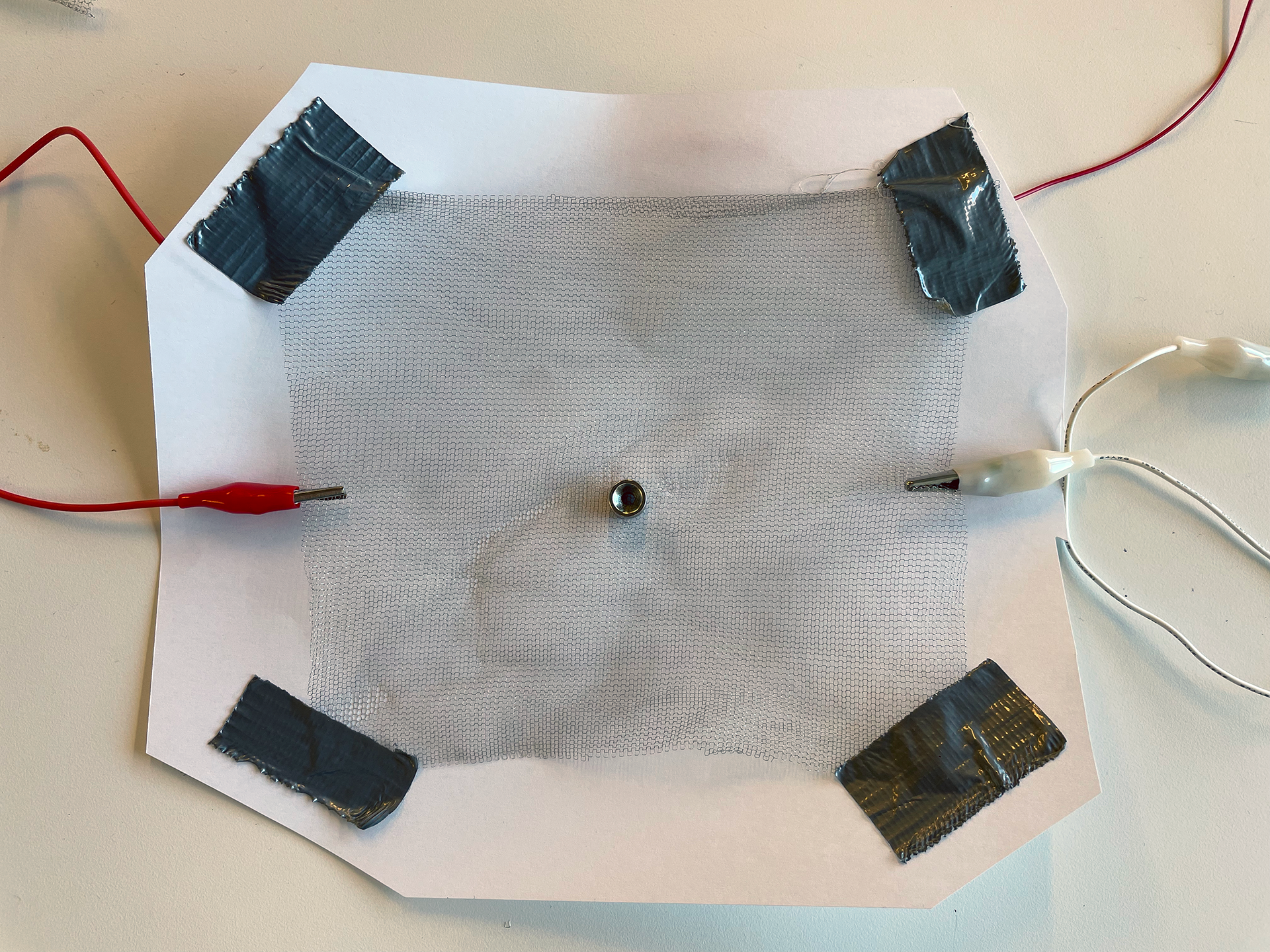
Final prototypes
